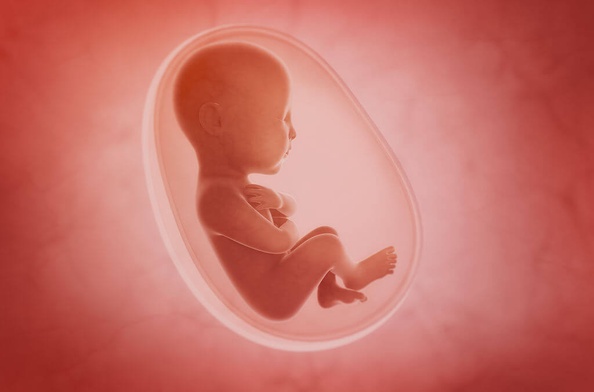Endometriosis! This word is being used more and more in 2018 because women are finally being understood, listened to and most importantly, heard. Some of them have been suffering for many years from this ailment which hinders them in their daily life. Often associated with only psycho-emotional pain or not diagnosed at all, the word endometriosis can finally be put down and this disease is now recognized by the medical profession. This gynecological disease, which affects more and more women (7 to 10% of the female population) of childbearing age, is the only benign disease capable of metastasizing, causing various health problems.
Briefly, we can explain that endometriosis is defined by the presence of endometrial tissue (tissue lining the uterus that normally evacuates at the time of menstruation) outside the uterus: on the ovaries, the fallopian tubes, the bladder, the intestine and sometimes even the lungs in the most serious cases. Women's lives are complicated by the pain that this disease causes on a daily basis.
Hormonal Disruption
Hormonal imbalance is of course the cause and is mainly due to a too high estrogen level. From then on, we notice an overproduction of estrogens but also of prostaglandins and cytokines causing inflammations. This is the reason why menopausal women and pregnant women no longer suffer from this disease. In fact, the female body produces 20 to 30 mg of progesterone daily, compared to almost 400 mg during pregnancy, because the placenta produces it in parallel to the mother's body.

Progesterone is the dominant hormone during the luteal (or progestational) phase, the post-ovulation phase, for the proper functioning of the hormonal cycle. It is considered to be the hormone that prepares the nest for a future pregnancy because it transforms the lining of the uterus (promoted by estrogen) to make the nest welcoming in the case of a cycle leading to fertilization. Moreover, it is a hormonal precursor and therefore, depending on the needs of the body, it can be transformed into either cortisol, testosterone or estrogen. We can then quickly understand the impact of stress on a disease like endometriosis. Indeed, if adrenal fatigue requires a transformation of progesterone into cortisol to meet organic needs, at the same time the body will no longer have enough progesterone to balance estrogen dominance.
Challenging fertility.
To this day, women suffering from endometriosis often have a difficult time getting pregnant. Indeed, fertility is a sensitive subject, especially when one has to fight against the pain and the sorrow of not getting pregnant quickly. So, the road can often be painful both emotionally and physically.
For women who treat their endometriosis via hormone replacement therapy with natural progesterone, they then block their fertility. This is because progesterone in high doses becomes contraceptive. In addition, without treatment, endometriosis and the inflammation caused by the disease alter the woman's anatomy and prevent proper gynecological function.
To return to the stress factor, when progesterone is converted into cortisol, it blocks, delays or prevents ovulation, which is obviously essential for procreation.
Nevertheless, how not to live an intense stress with this disease, between the pains, the disappointments, the anxieties that it can induce, endometriosis is a time bomb for the woman. From then on, a holistic accompaniment is essential to wellness both through wellness techniques like the relaxationthe yogathe sophrology or psychotherapy as well as more global techniques such as naturopathy Chinese medicine or Ayurveda, which also propose remedies or adapted modifications in the hygiene of life.



